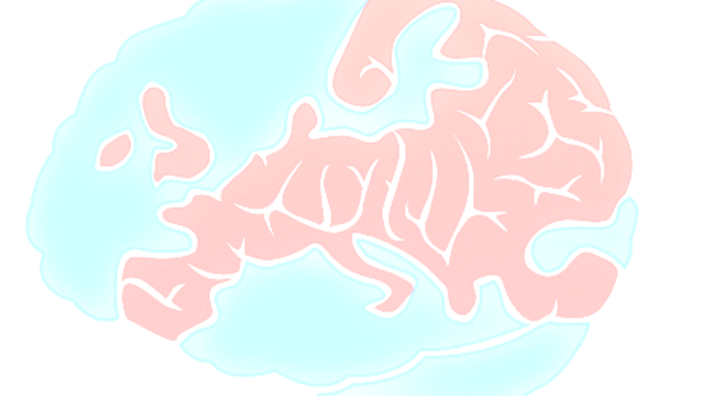
by Katja Mann. Originally published on 2013/10/06
Communists will make a comeback in the upcoming Czech elections, but their impact on future politics remains to be seen
When the Czech Republic elects a new parliament on 25-26 October, the Communist Party of Bohemia and Moravia (KSČM) is likely to come second, winning 16% of votes or more. This will probably entail that the communists become somehow involved in government, be it as a proper coalition partner or by tolerating a social democratic minority government. It would be the first time in Central Eastern Europe (CEE) that an unreformed pre-1989 ruling party gets back into power. Who is this party, why do they enjoy such a strong support and what would it mean if they were to participate in Czech government?
A unique phenomenon in CEE
Reading the party programme of KSČM feels like a journey into the communist past of the Czech Republic: The party is proud of their roots; they praise the old system and wish to continue exactly at the point where communist rule ended in 1989, re-erecting socialism in the Czech Republic. Continuity also shows in the party’s name, which, despite some discussions in the early 1990’s, has not been changed. In this respect, KSČM represents a unique phenomenon in CEE: most other communist successor parties in the region rapidly transformed into mainstream democratic parties after regime change. Having left behind their socialist ideology, they were able to move back into the centre stage of politics, often with participation in government. In Poland, for example, the social democratic party that succeeded the Polish United Workers’ Party and became junior partner in a coalition government in 1993-97 and even managed to lead a government in 2001-04. In Hungary, the communist party had already undergone a liberalisation process throughout the 1980’s, which made it easy for them to turn into a social democratic party when communism fell. In government 1994-98 and 2002-10, the Hungarian Socialist Party even pursued more neoliberal politics than centre-right parties – while it is the centre-right that now tries to turn Hungary into an authoritarian system, not the socialists. The only communist successor party comparable to KSČM is Germany’s PDS, nowadays called Die Linke, but they have obtained a mere 8.6% of votes in the September elections and will not participate in a federal government in the foreseeable future.
Benefiting from the economic crisis and from the president’s political manoeuvers
There are many different explanations for the special position of KSČM. Some draw on the country’s past. Contrary to communist parties in other CEE countries, KSČM has a long history dating back to the interwar period and has for decades enjoyed support by a strong working class. The majority of the present-day supporters are still those that were party members before the regime change. More than two thirds of today’s party members have been so for over 40 years. Nostalgia for the old times is one reason for voting for KSČM. Another is the current world economic crisis. Even though the Czech Republic managed to get through the crisis relatively well, it (re-)entered recession in 2011, unemployment rates are still higher than before 2007 and inequality is rising. Austerity measures implemented by former prime minister Petr Nečas are being felt by large parts of society. The Czech Republic is not the first country that has seen a strengthening of extremist parties as a result of the crisis – in fact most European countries observe a similar trend –, but what reinforces the turn away from conventional politics in the Czech case is the flourishing corruption. So far, no government has been able to, convincingly, take actions against it. The conservative Nečas government even had a corruption scandal themselves which forced the prime minister to step down last June. In contrast to most other bigger political parties, KSČM benefits from the fact that it has never participated in a government since regime change, and can thus not be blamed for any political or economic failures in recent years. Lastly, KSČM’s comeback is also facilitated by the Czech president Miloš Zeman, a left-wing politician with close ties to Russia. After the fall of Nečas, President Zeman decided to appoint his economic advisor Jiří Rusnok as prime minister, instead of the candidate put forward by the ruling coalition. So far Rusnok has consequently failed to win support in parliament, and as a result, early elections are now being held on 25-26 October – at a time when leftist forces are particularly strong.
Moving to the left – but by how much?
The big question is whether a (direct or indirect) participation of KSČM in government would make a significant difference to Czech politics. Obviously, extreme KSČM positions like suspending NATO or nationalising large parts of the economy will not be enforceable. Indeed, the leader of the largest party ČSSD and likely next prime minister, Bohuslav Sobotka, assured in an interview that when it comes to NATO membership and European integration (another project the communists view critically), the social democrats “do not intend to accommodate the programme of the Communist party in any way”. In other policy areas, ČSSD and the moderate wing of KSČM are not too far apart: They could easily agree on boosting taxes and welfare spending, slackening austerity measures and revoking the partly privatisation of the pension system, which would mean a clear move to the left from the politics of the last government. But of course the ideas of KSČM go further, and it is not yet clear how big an impact they will really be able to make on Czech politics. In any way, taking on governmental responsibility will give the electorate a clearer view on what KSČM really stands for. Maybe then those 51% of Czechs that believe that authoritarianism is as good or even better than democracy will think again.

 Is EU citizenship for sale – or for keeps? A critical analysis of the CJEU’s Golden Visa ruling.
Is EU citizenship for sale – or for keeps? A critical analysis of the CJEU’s Golden Visa ruling.  The European Union in Space: From exploration and innovation to security and autonomy
The European Union in Space: From exploration and innovation to security and autonomy  The Rise of the Right: The Threat Right-Wing Extremism Poses to Women and Feminist Efforts in Germany
The Rise of the Right: The Threat Right-Wing Extremism Poses to Women and Feminist Efforts in Germany  The silent shield – how special operations safeguard the global supply chain
The silent shield – how special operations safeguard the global supply chain 


